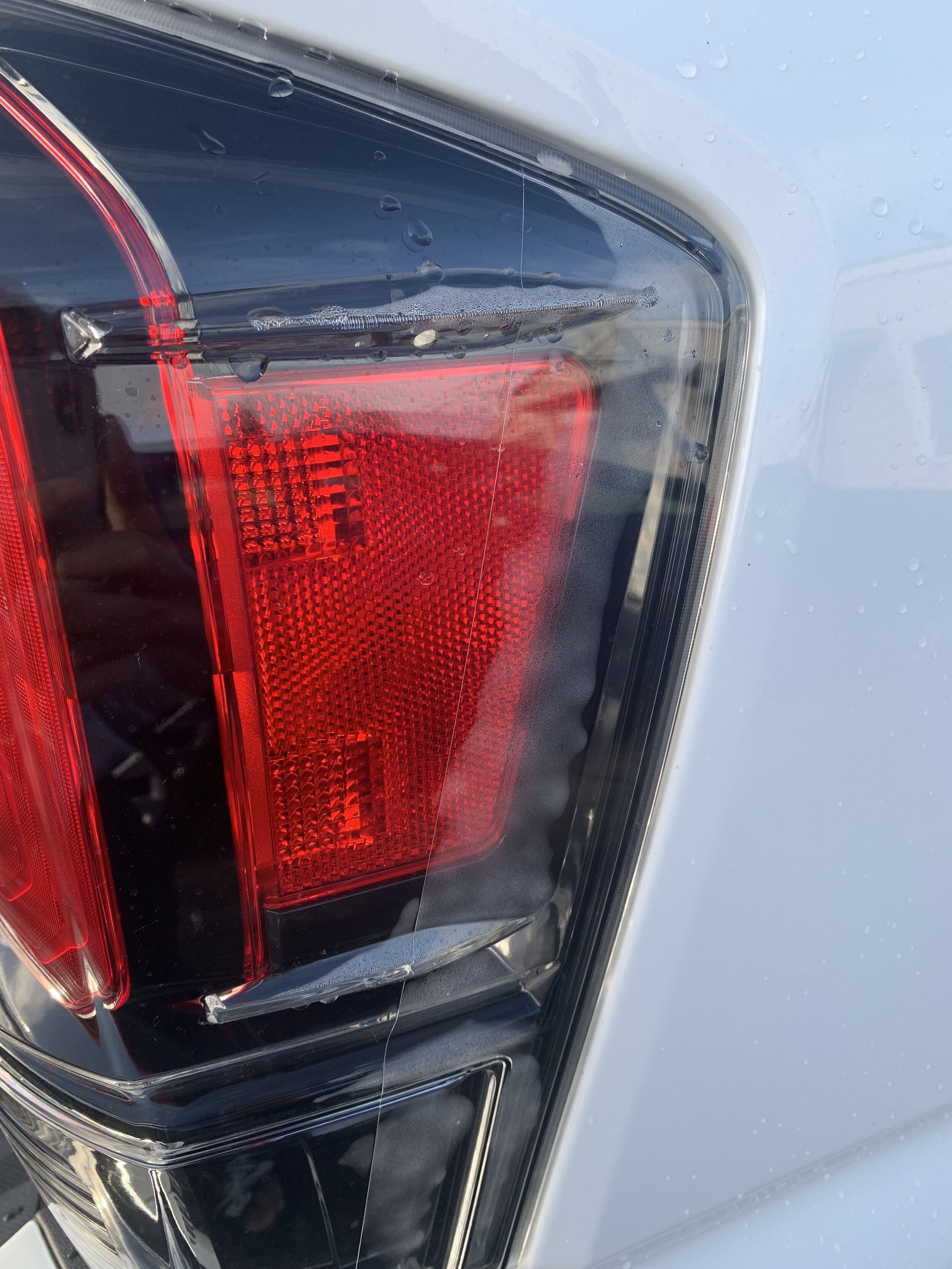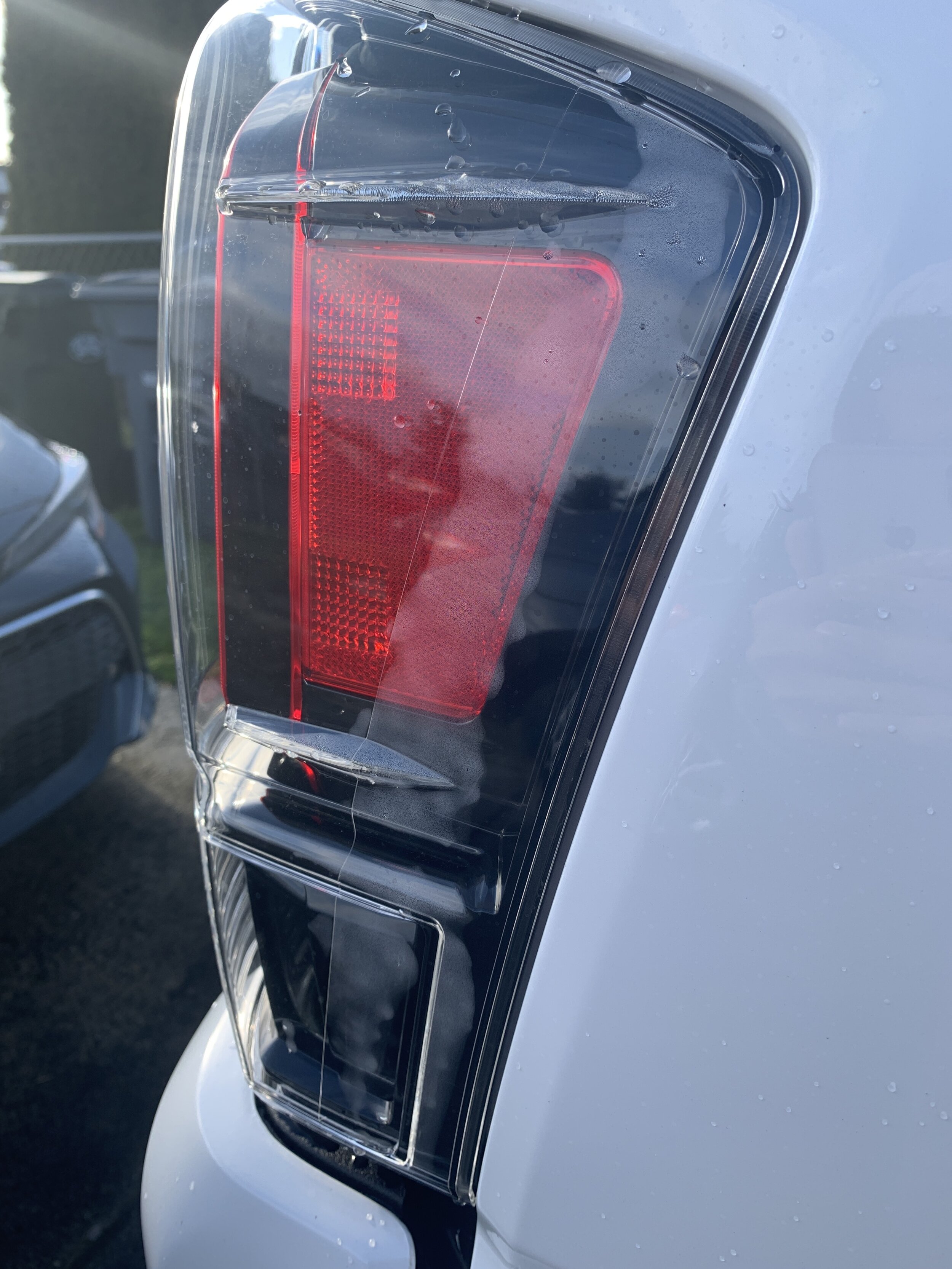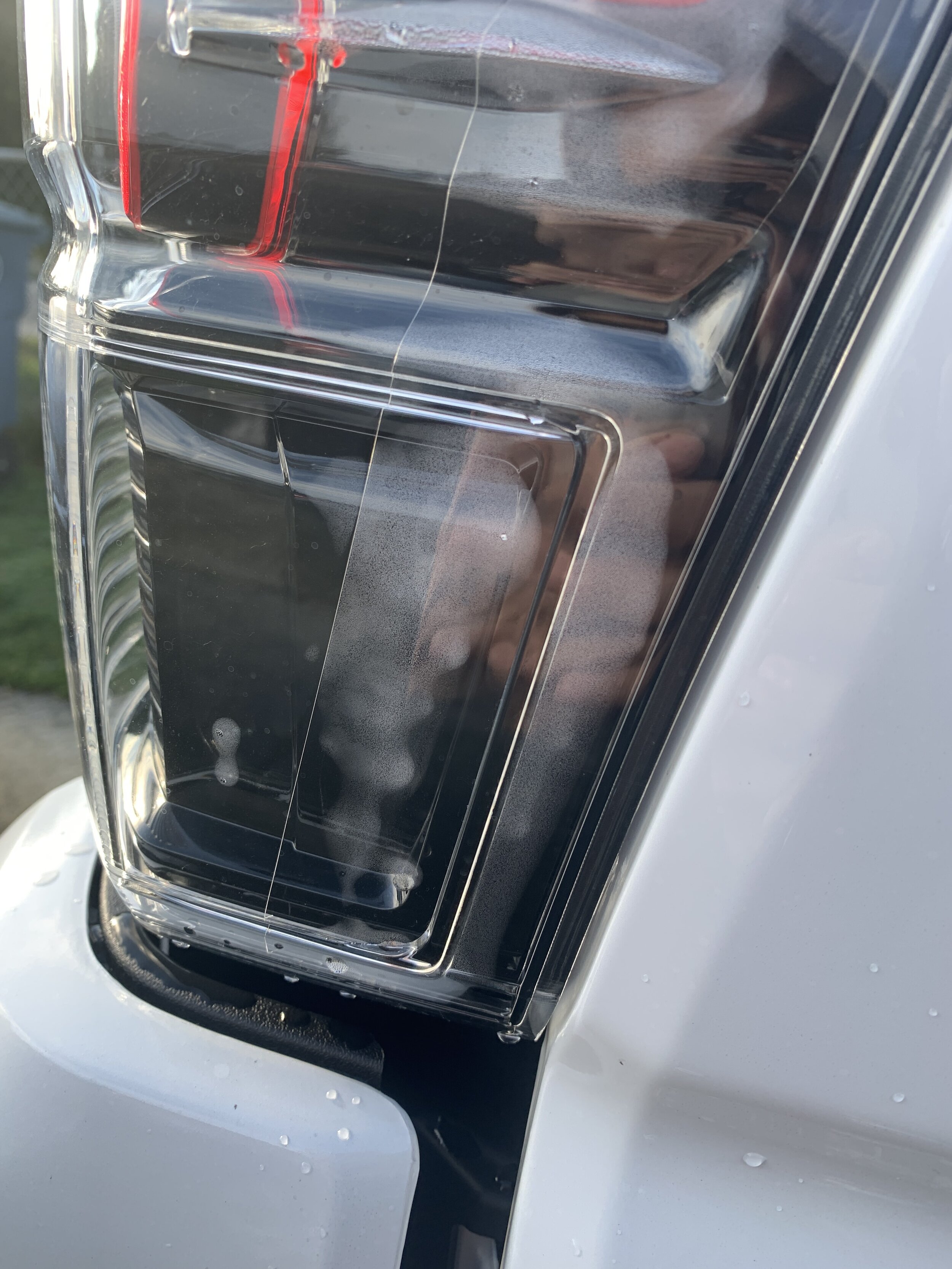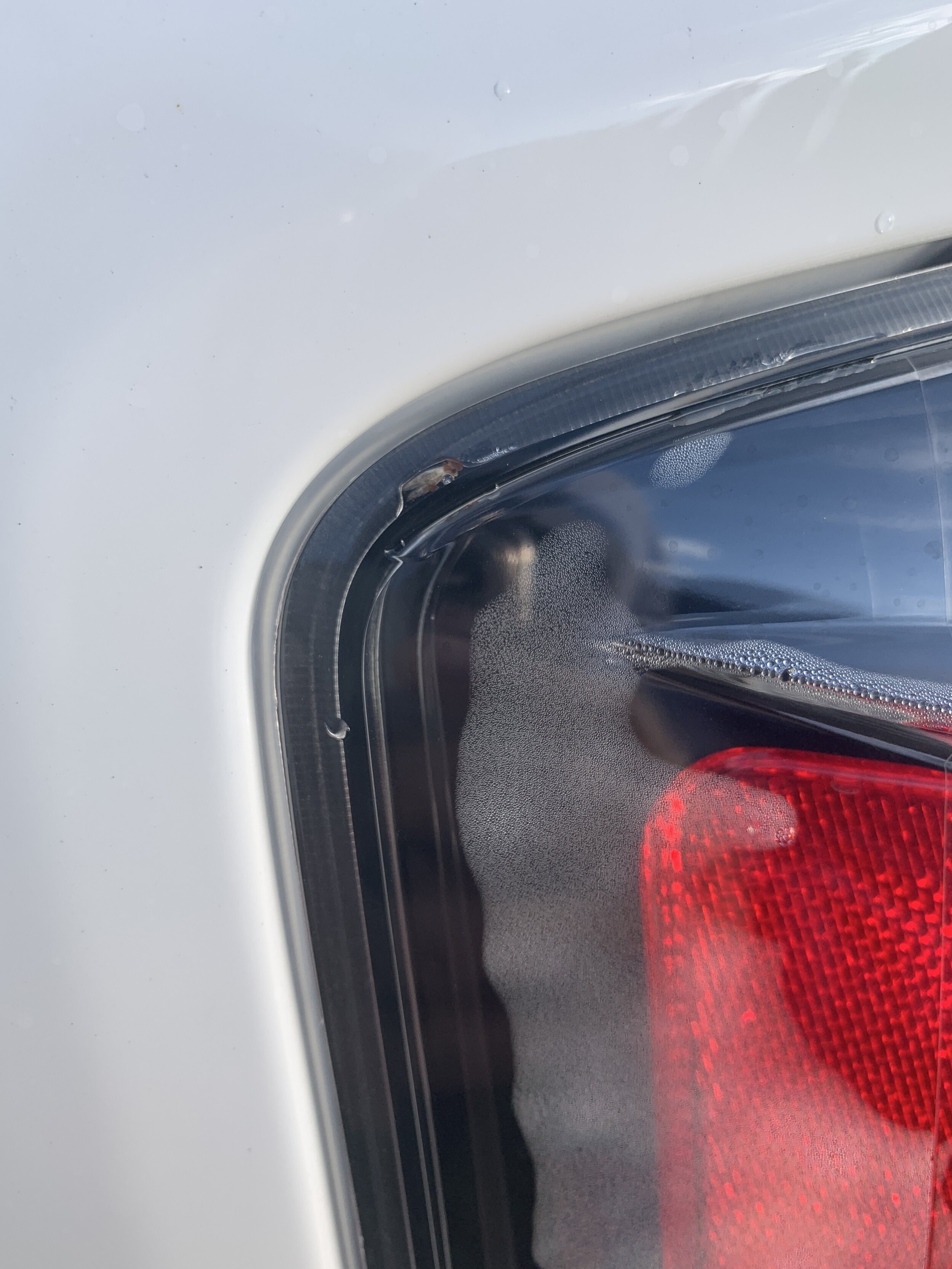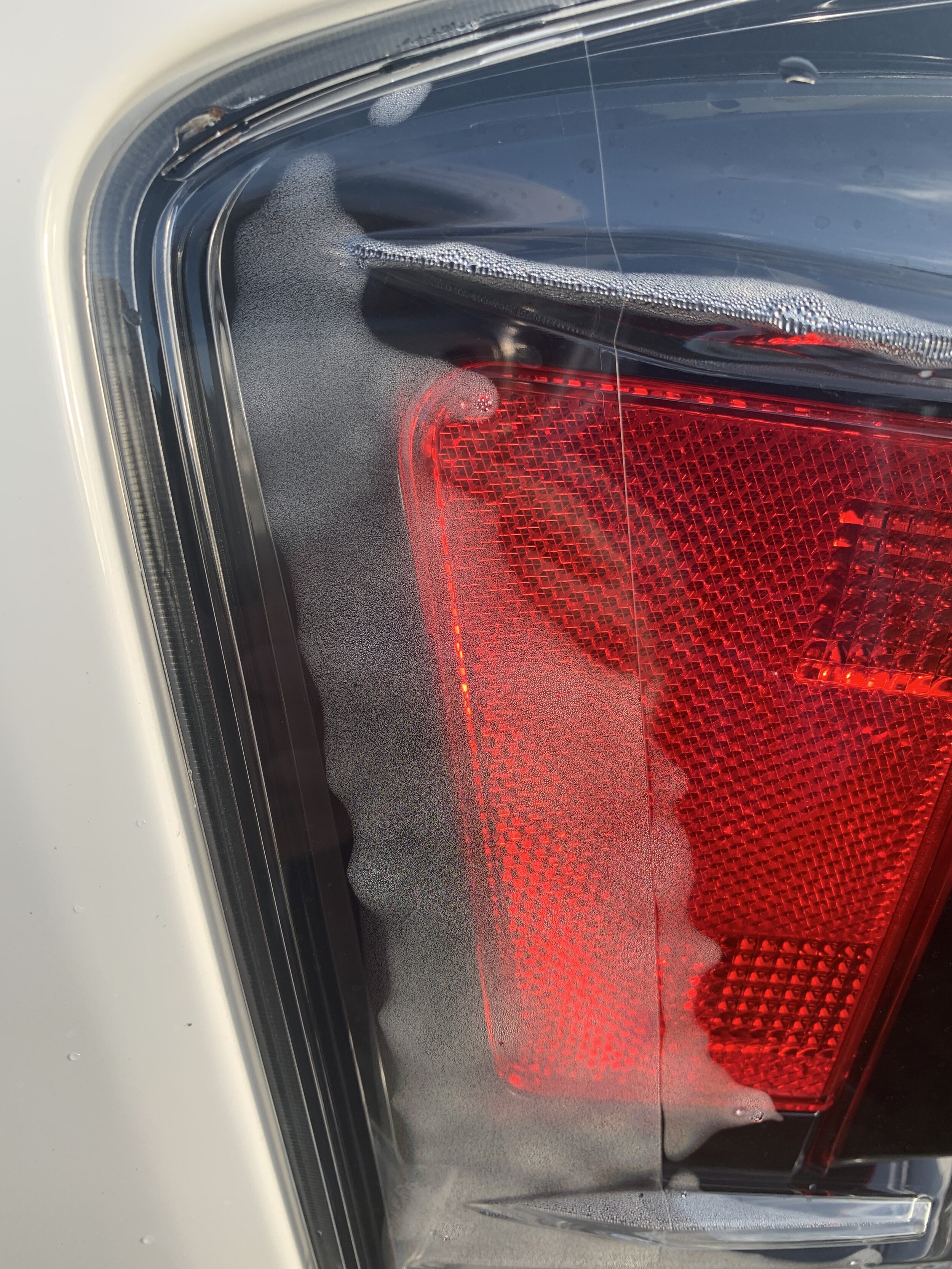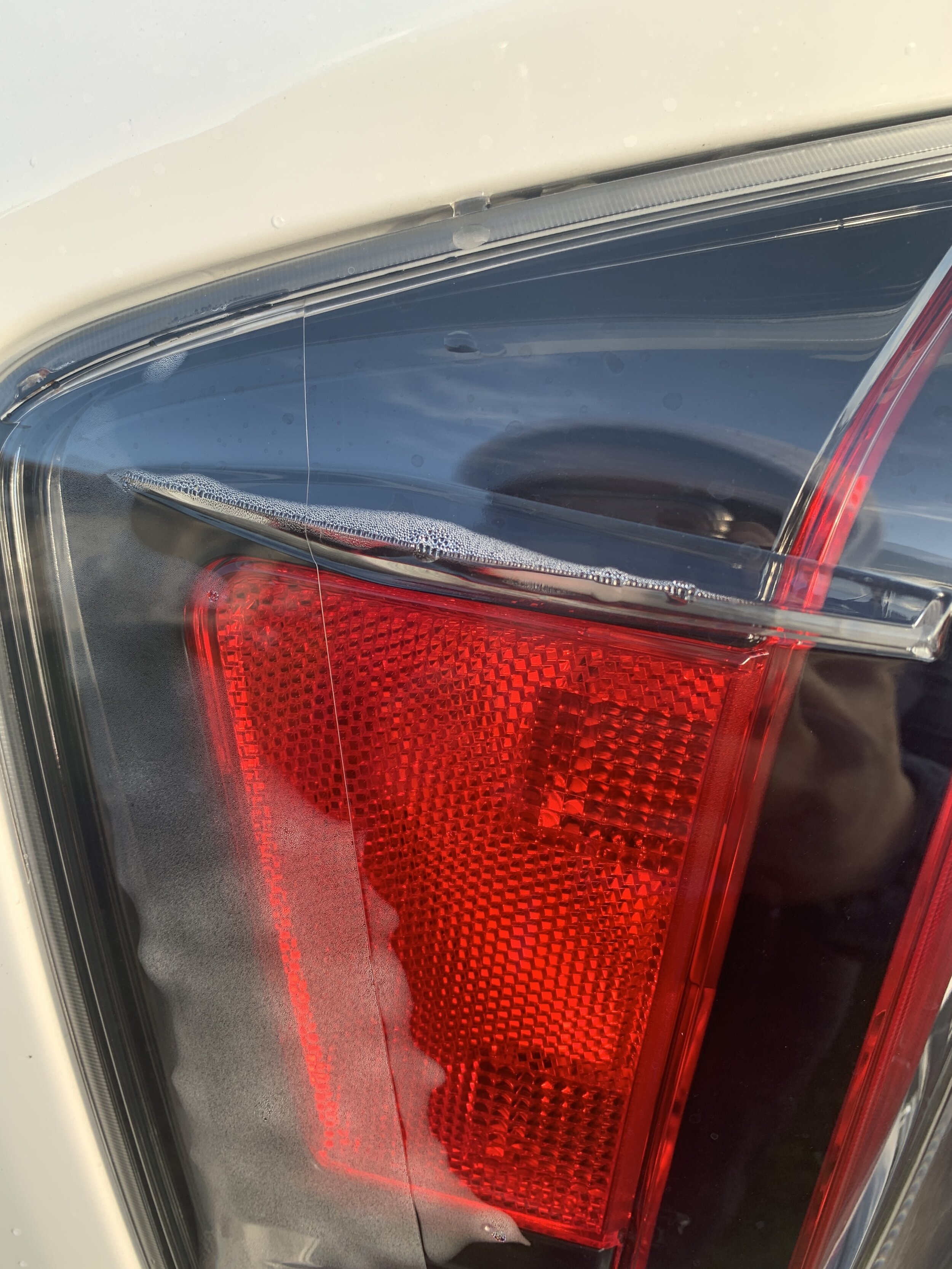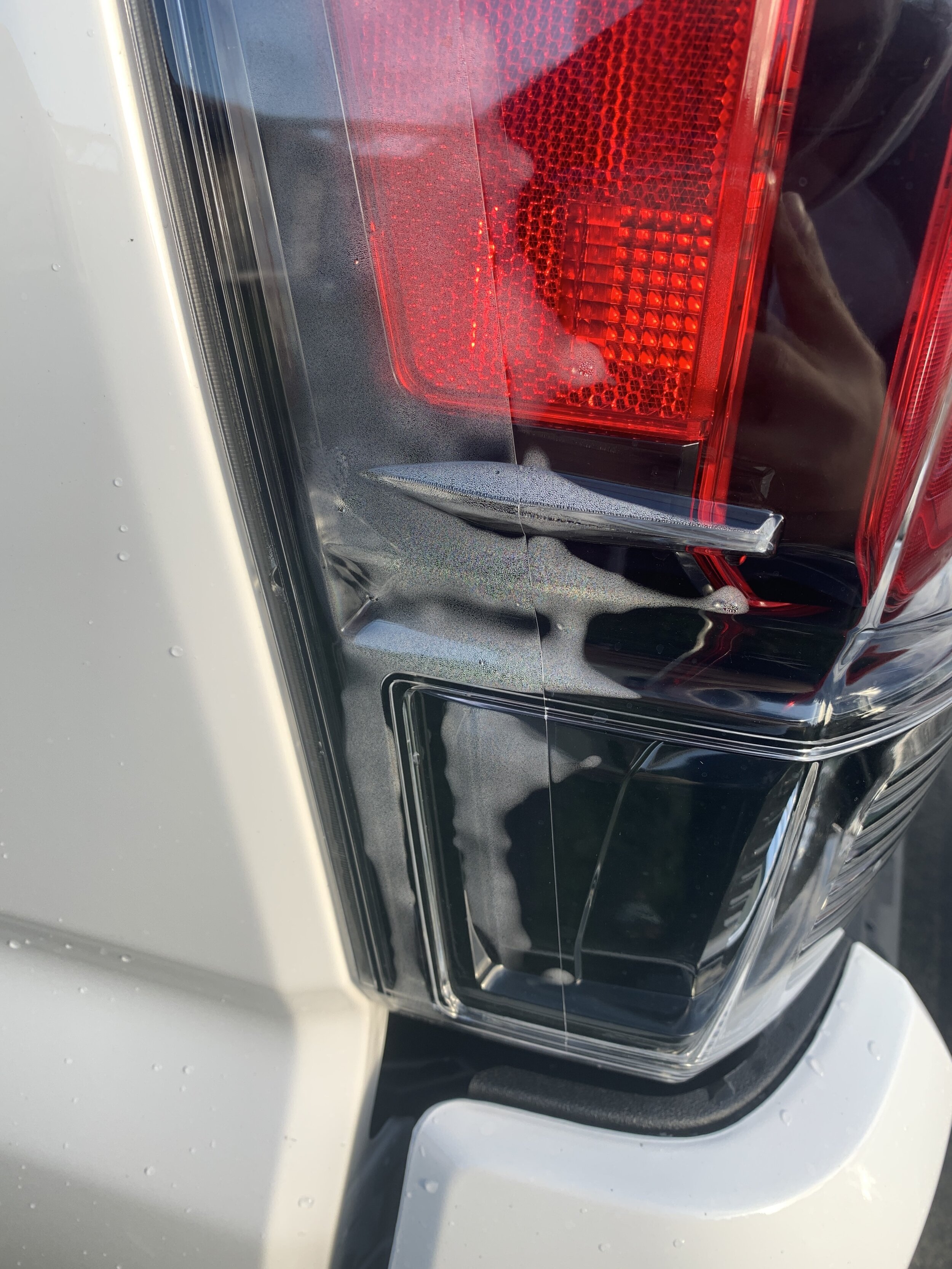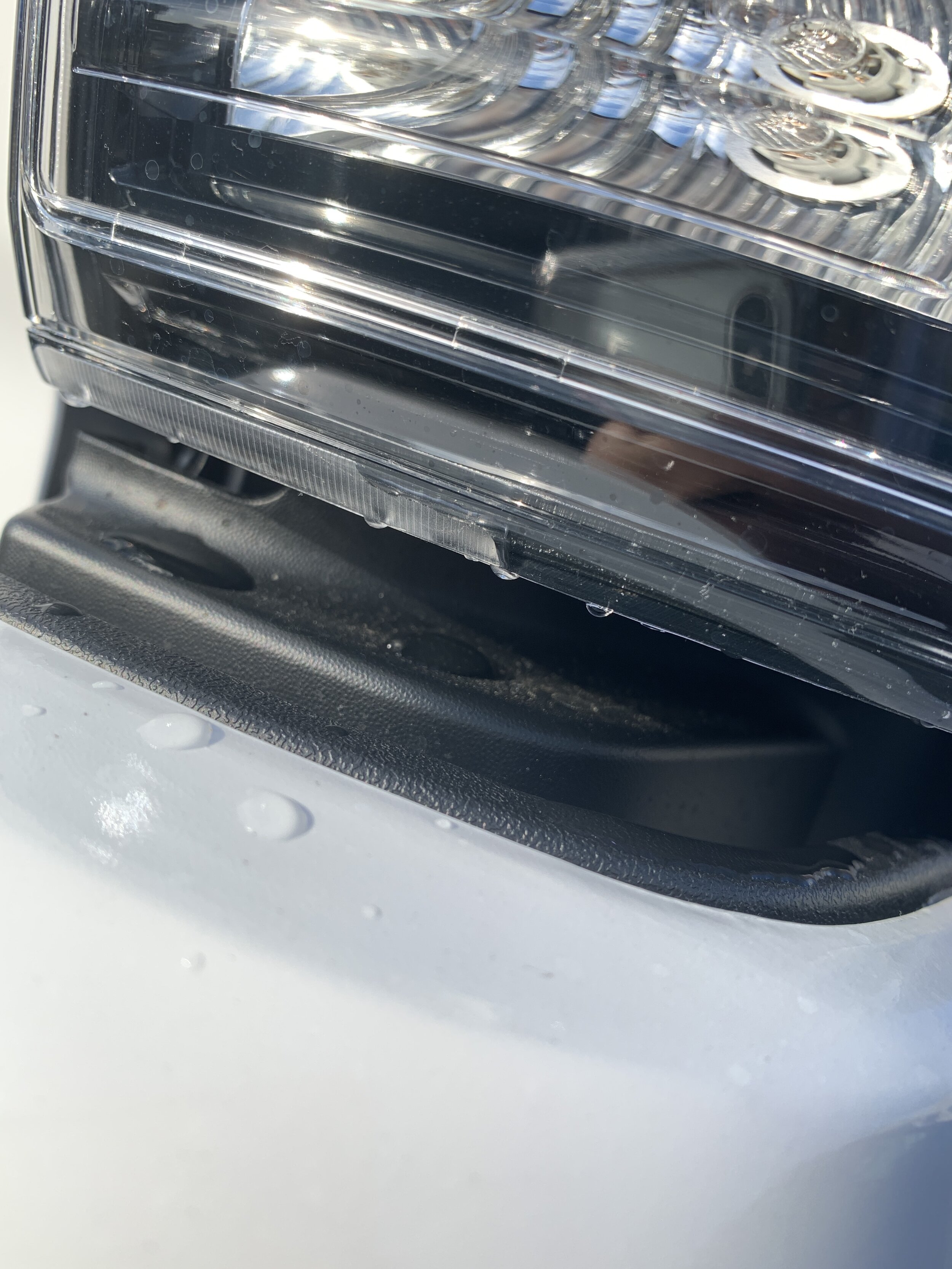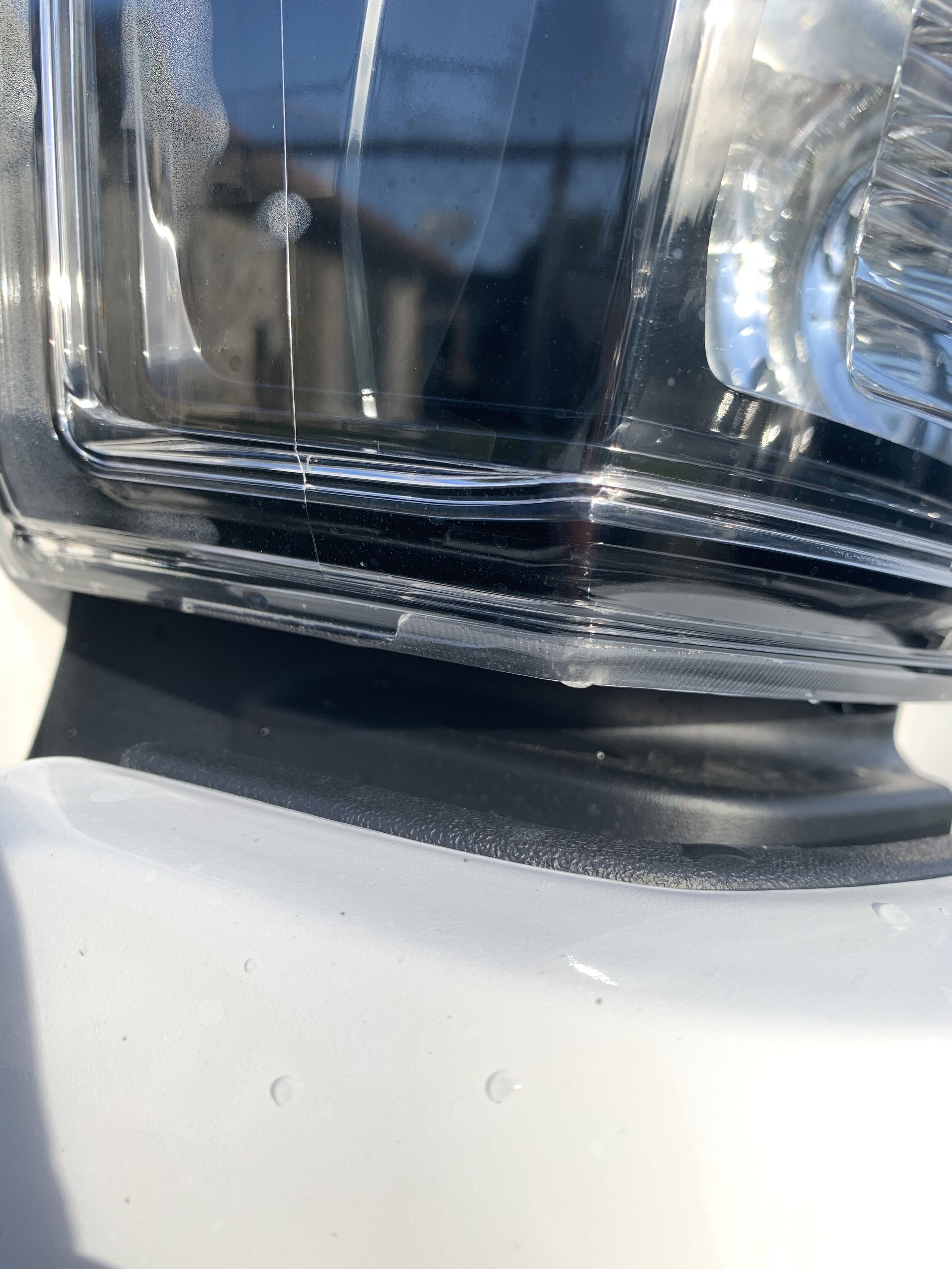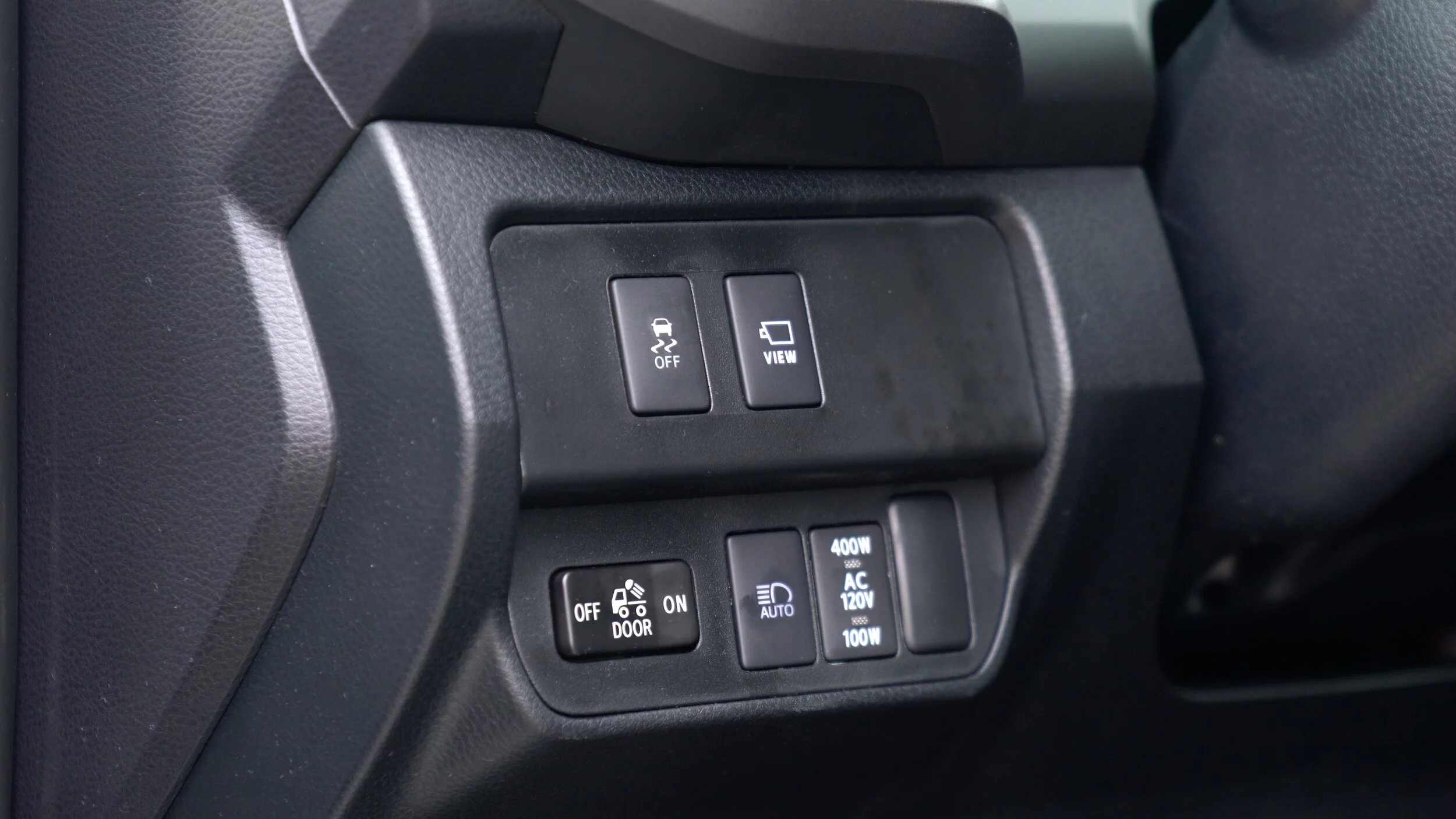I recently purchased the WeatherTech Window Deflectors for my 2020 Toyota Tacoma TRD Pro.
If you’re unfamiliar with this type of product, it goes by window deflectors, rain guards and vent visors. It just depends on what the manufacturers want to call them but all the products serve the same purpose.
There are two types of window deflectors: out-channel and in-channel. Out-channels almost always use adhesive tape to stick on the outer edge of a car’s window. In-channels sit in the channels of the windows and in between the weatherstripping. This is also typically done with adhesive tape but it just depends on the manufacturer’s design.
Now you if you’re wondering what the purpose of the window deflector is, well at the end of the day, it essentially provides a small canopy for your car windows. Imagine that it’s a rainy day and the inside of your windows are fogging up or you just want to get some fresh air. Well, if you open the window, rain is going to come splashing in. The window deflectors allow you to crack the windows while getting protection from the elements. On the opposite end of the spectrum, on a hot summer day, you may want to crack your windows but don’t want to chance someone coming by and messing with your car. Well, again, the window deflectors allow you to crack the windows and let air in while making it less obvious that the windows are cracked and make it harder for anyone to get their fingers in the crack. Aside from these functional uses, the window deflectors also serve as a way to accessorize a vehicle. I personally love the look of them and add them to all my vehicles.
Now, many different companies make window deflectors. In this case, we are taking a look at the WeatherTechs. To be honest, this is the first time that I’ve ever purchased window deflectors from WeatherTech. I’ve always avoided them because WeatherTech typically charges a lot for whatever product they sell. In the case of the window deflectors, the WeatherTechs are the most expensive that I’ve seen on the market. The official website lists them at $99.95 but realistically you have to pay for shipping and taxes so, for me, it comes out to $126.34. This could be 3 to 4, if not more, times more expensive than some of the competition. The most notable other brand for this type of product is going to be Auto Ventshade or AVS. I personally am a fan of AVS vent visors. I’ve had them on all of my other vehicles and to be honest, I wanted them on this Tacoma.
So why not buy the AVS? Well, I did. I bought them FIVE times and even tried to make a video dedicated to them but every time they arrived, there was something wrong with them. All of these window deflectors are basically made from plastic. Although they are very durable and don’t crack easily, they are prone to scratches. With AVS, they decided to package their product by stacking the deflectors on top of each other and shrink wrapping. It doesn’t help that they don’t take the time to round off the edges so some of the deflectors can be sharp. Because of all of this, the vent visors just end up damaging each other. Of the five sets that I purchased, all of them were damaged. The first set had obvious scratches everywhere. The same thing with the second set. By the third time, I said that I was going to install them no matter the damage. Again, they arrived damaged but I attempted to install them anyways. Well, that didn’t turn out too well because one of the deflectors had faulty adhesive tape that didn’t stick, so that set went back. The fourth set arrived and it was worse than all the others. I didn’t even have to remove the packaging and I can see obvious deep gouges everywhere. The fifth set came and like the fourth, it had deep gouges but this time, there were what looked like small pebbles under the shrink wrap. I was done with the AVS and ordered the WeatherTechs. Now, this isn’t just me. I’ll leave a link to the Amazon listing of the AVS vent visors and you can check out the reviews for yourself. There are so many bad reviews because people keep receiving damaged vent visors. It seems like the good conditioned ones are out there, but they are definitely not the norm. But hey, if you don’t mind some damage, you can get the AVS vent visors for a great price. Sometimes there’s a sale and you can pick a set up for around $30.
Again, I’ve never had WeatherTech window deflectors before and I wasn’t sure how they would fair. First of all, they don’t install with adhesive tape but are essentially held in place by the force of the deflectors themselves up front and with clips in the back. There are install videos on YouTube so you can check those out for yourself to understand what I’m talking about.
Prior to buying the WeatherTech window deflectors, there were a few things that I was wondering about and I wanted to go over them in case anybody else who’s interested in this product is wondering the same thing.
First, was the overall size. From images, it seemed like the WeatherTech window deflectors protruded out quite a bit. With AVS you had the choice of two types of vent visors, either the standard or low profile. The standard bubbles out from the window and is a bit more noticeable while the low profile is essentially flat and gives a more factory look as if it belonged on the truck. From pictures, the WeatherTechs seemed like they domed out more than the standard AVS. To my surprise, the WeatherTechs are pretty low profile. In the front, it has to bubble out a bit because of the design that they went with in order to install without adhesive, but the back is super low profile. It’s practically flushed. Up front, there is about one and a half fingers worth of space between the deflectors and the window glass. In the back, it’s pretty much just one finger. The design is very low profile and from my experience with the standard AVS vent visors for this truck, I would say that they are more low profile than those, in the rear for sure.
In terms of design, the WeatherTechs are very different from the AVS, at least up front. The WeatherTechs don’t just run along the top of the window channel but extend all the way down the front edge. With this, I was worried that there may be some visibility issues. I was worried that the deflectors would cover a good bit of the side mirrors. Again, I’m happy to say that this is not the case. On the driver side, there is no obstruction and with how my seat is positioned, the deflector only covers about one centimeter of the very top left most of the passenger side mirror. This is something that would not cause any hindrance at all.
Another thing that I was wondering about with these deflectors is if they increased wind noise. When driving, would wind get caught under the deflectors and add some unwanted noise. Again, I found that there was no such thing. Right after install, I had to drive about 30 miles on the freeway and didn’t notice any difference so that is great.
Finally, I was worried if the WeatherTechs would hinder the window’s ability to roll up. With the set of AVS that I tried to install, I noticed that while rolling the window up, it would often catch on the bottom edge of the deflectors. This is something many Amazon reviewers also mentioned. Some say that the problem went away. I didn’t have them long enough to find out. However, with the WeatherTechs, because the deflectors extend all the way down the front and actually sit outside the window channel, the window is able to roll up and down freely.
At the end of the day and in my opinion, the WeatherTech window deflector is a better product than the AVS vent visors. Is it worth the almost $130 price tag? That’s hard to say and ultimately for you to decide. I myself lean towards no, they are not. If you’re looking for something cheap and functional, try the AVS first. You may get a damaged product but hey, it’s cheap and it works. I didn’t want to pay brand new prices for damaged goods so the AVS were out of the question. I went with the most trusted and expensive option and I would have to say that I’m happy with them.






